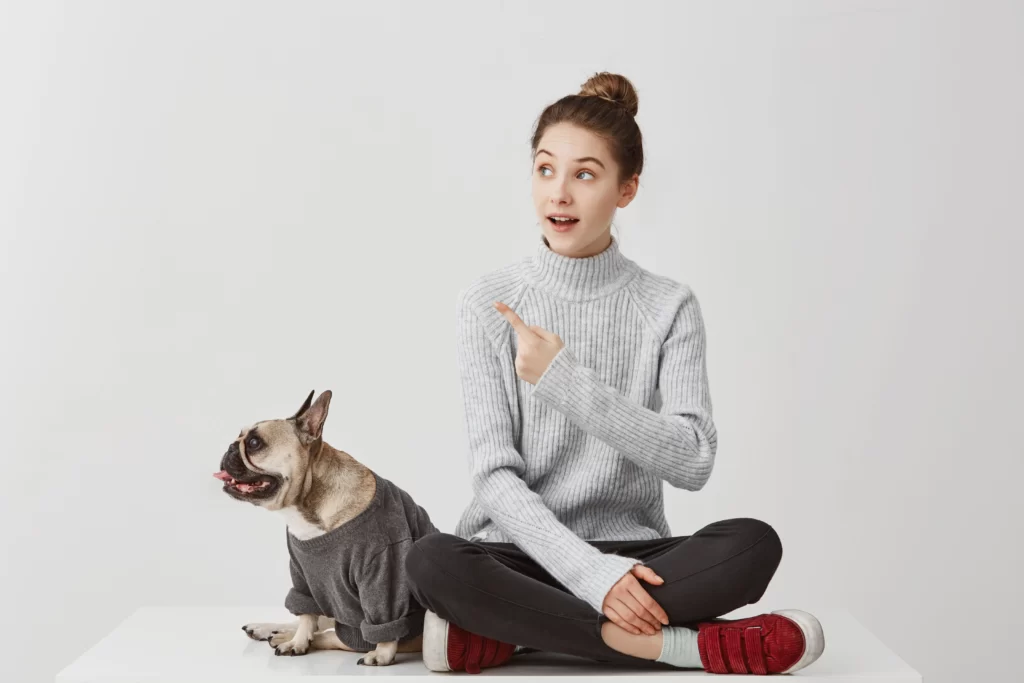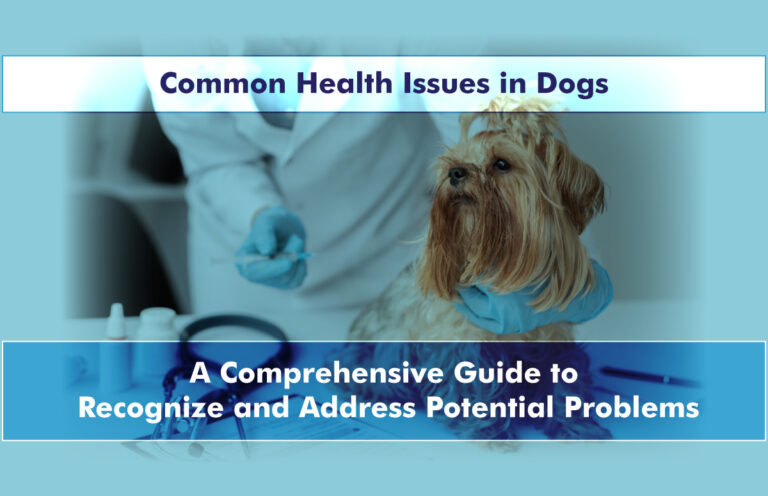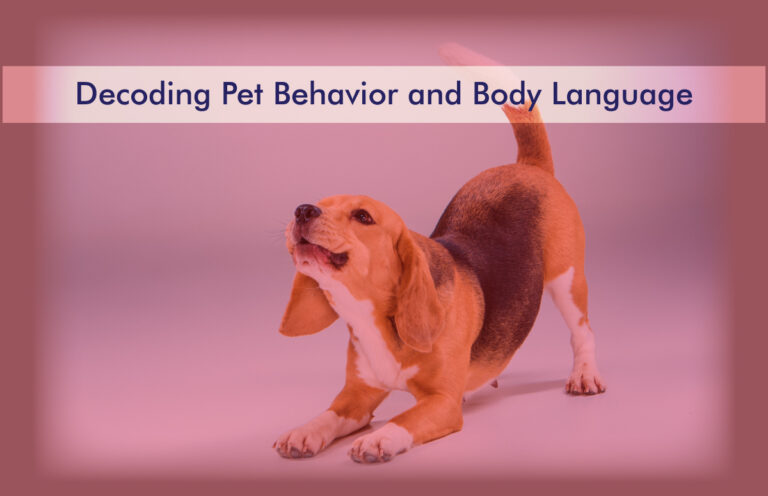Do Dogs Really Want To Be Petted?
Table of Contents
- Introduction
- The Desire for Petting
- Understanding Dog Body Language
- Factors Influencing Dog’s Preference
- Asking for Consent
- Respecting Boundaries
- Positive Reinforcement
- Teaching Children About Dog Body Language and signals
- FAQs
- Conclusion
Introduction
If you are a dog owner or a dog lover, you probably enjoy giving your furry friend some affection and attention by petting them. But have you ever wondered if your dog really likes being petted or if they are just tolerating it? Or if they prefer certain types of petting over others? Or if they are trying to communicate something to you with dog body language and signals? Do you want to know dog’s desire for petting?
These and other questions will be addressed in this blog post. We will help you understand your dog’s desire for petting, their body language and signals, and the factors influencing their preference. We will also give you some tips on how to ask for consent, respect boundaries, use positive reinforcement, and teach children about dog body language. By learning how to read your dog’s body language and signals, you can pet them in a way that makes them happy and comfortable and enhances your bond.

The Desire for Petting
Petting is a form of social interaction that dogs enjoy with humans and other dogs. It provides them with physical and emotional benefits, such as:
- Relaxation: Petting can lower a dog’s blood pressure, heart rate, and stress levels. It can also release endorphins, natural chemicals that make them feel good.
- Bonding: Petting can increase the levels of oxytocin, which is also known as the love hormone. Oxytocin helps dogs form attachments and trust with their owners and other dogs.
- Attention: Petting can satisfy a dog’s need for attention and socialization. It can also reinforce positive behaviours and make them feel valued and appreciated.
- Grooming: Petting can help remove loose hair, dirt, and parasites from a dog’s coat. It can also stimulate the production of natural oils that keep their skin and fur healthy.
Understanding Dog Body Language
Dog body language and signals to indicate their feelings and intentions when being petted by humans. Some of the most common ones are:
- Tail Wagging: A dog may wag their tail differently to show different emotions. A relaxed and slow wag indicates happiness and friendliness. A fast and stiff wag means excitement or agitation. A circular or helicopter wag indicates playfulness or curiosity.
- Eye Contact: A dog may make eye contact with you or blink slowly to show that they trust you and want your attention. They may also have soft and droopy eyes, which indicate relaxation. However, a hard stare or averted gaze may mean discomfort or stress.
- Ears: A dog may move their ears in different directions to show different moods. Ears that are forward or perked up indicate alertness or interest. Ears that are back or flat against the head indicate fear or submission.
- Mouth: A dog may open or close their mouth differently to show emotions. A mouth that is slightly open or closed with relaxed lips indicates calmness or contentment. A mouth that is wide open with panting or smiling indicates excitement or happiness. A mouth that is closed with tight lips or curled back to show teeth indicates anger or aggression.

Factors Influencing Dog’s Preference
Not all dogs like to be petted the same way, at the same time, or by the same person. Many factors influence a dog’s preference for petting, such as:
- Personality: Some dogs are more outgoing and social than others. They may enjoy being petted by anyone and anywhere. Other dogs are more shy and reserved than others. They may prefer being petted by familiar people and in familiar places.
- Breed: Some breeds are more affectionate and cuddly than others. They may crave constant petting and attention from their owners. Other breeds are more independent and aloof than others. They may need more space and privacy from their owners.
- History: Some dogs have had positive experiences with petting in the past. They may associate it with love and reward from their owners. Other dogs have had negative experiences with petting in the past. They may associate it with pain or punishment from their owners.
- Mood: Some dogs are in a good mood and ready for petting. They may be relaxed and happy after a walk or a nap. Other dogs are in a bad mood and not in the mood for some petting. They may be stressed or tired after a long day or a loud noise.

Asking for Consent
Before petting a dog, especially one that is not yours, it is essential to ask for consent first. If you do this, the dog will feel more at ease and less threatened by you. Here are some steps to follow:
- Ask The Owner: Always ask the owner for permission before petting their dog. They know their dog best and can tell you if their dog likes to be petted or not and where and how to pet them.
- Let The Dog Sniff You: After getting the owner’s permission, let the dog sniff your hand before you start petting them. This will allow the dog to get familiar with your scent and decide whether they want to interact with you.
- Read The Body Language: Observe the dog’s body language and signals to see if they invite or reject your petting. You can proceed with petting if they show signs of wanting to be petted, such as nudging, wagging, or eye contact. If they show signs of not wanting to be petted, such as moving away, growling, or tucking, you should stop and leave them alone.
Respecting Boundaries
Even if a dog wants to be petted, it does not mean it wants to be petted anywhere or anyhow. It is essential to respect the dog’s boundaries and preferences when petting it. Here are some tips to follow:
- Choose the right spots: Most dogs like being petted on the chest, the shoulders, and the base of the neck. These are areas where dogs groom each other and where humans can reach easily. Avoid petting the top of the head, the muzzle, the ears, the legs, the paws, and the tail, as these are areas where dogs may feel more sensitive or vulnerable.
- Use gentle strokes: Use gentle pressure and smooth strokes when petting your dog. Avoid pulling or tugging on their fur or skin. You can also use circular motions or light massages to relax your dog.
- Talk softly: Use a soft and soothing voice when petting your dog. You can also praise or use their name to make them feel more loved and happy.
- Stop when they want you to: Pay attention to your dog’s body language and signals when petting them. If they show any signs of discomfort or disinterest, stop petting them and give them some space. Respect their boundaries and preferences.

Positive Reinforcement
Petting can be used as a form of positive reinforcement for your dog. Positive reinforcement is a training method that rewards desired pet behaviours with something pleasant, such as treats, toys, or petting. This will motivate your dog to repeat those behaviours in the future. Here are some ways to use petting as positive reinforcement:
- Pet your dog when they do something good, such as following a command, performing a trick, or behaving well.
- Pet your dog in a way they like, such as on their favourite spot or with their favourite stroke.
- Pet your dog for a short duration, such as a few seconds or minutes, depending on their attention span and mood.
- Pet your dog intermittently rather than continuously to keep them interested and motivated.

Teaching Children About Dog Body Language and signals
If you have children in your household or around your dog, it is essential to teach them about dog body language and how to pet a dog properly. This will help prevent accidents or injuries to the child or dog. Here are some things to teach your children:
- Ask before touching: Teach your children to always ask you and the owner before touching any dog. Explain to them that not all dogs like to be handled by strangers or children.
- Be gentle and calm: Teach your children to be gentle and calm when approaching and touching a dog. Explain that loud noises or sudden movements can scare or startle a dog.
- Avoid sensitive areas: Teach your children to avoid touching a dog’s sensitive areas, such as the head, the muzzle, the ears, the legs, the paws, and the tail. Explain to them that these areas may make a dog uncomfortable or threatened.
- Watch for signs: Teach your children to watch for signs a dog wants or doesn’t want to be touched. Explain to them what different body language cues and signals mean, such as tail wagging, eye contact, ear movement, and mouth expression.
FAQs
Why do dogs like to be petted?
Petting is a form of social interaction that dogs enjoy with humans and other dogs. It positively affects the body and the mind, including relaxation, bonding, attention, and grooming.
How can I tell if my dog wants to be petted?
Observing their body language and signals lets you tell if your dog wants to be petted. Some signs indicating they want to be petted are nudging, wagging, eye contact, and licking.
How can I tell if my dog doesn’t want to be petted?
Observing their body language and signals lets you tell if your dog doesn’t want to be petted. Some signs indicating they don’t want to be petted are moving away, growling, tucking, and showing the whites of their eyes.
Where do dogs like to be petted the most?
Most dogs like to be petted on the chest, the shoulders, and the base of the neck. These are areas where dogs groom each other and where humans can reach easily. Avoid petting the top of the head, the muzzle, the ears, the legs, the paws, and the tail, as these are areas where dogs may feel more sensitive or vulnerable.
How should I pet my dog?
It would be best to pet your dog in a way they like and enjoy. Use gentle pressure and smooth strokes when petting your dog. Avoid pulling or tugging on their fur or skin. You can also use circular motions or light massages to relax your dog. Talk softly and praise them while petting them.
How often should I pet my dog?
The frequency of petting your dog depends on their personality, breed, history, and mood. Some dogs may crave constant petting and attention from their owners. Other dogs may need more space and privacy from their owners. Observing their body language and behaviour lets you tell how often your dog needs petting.
Do I need to ask for consent before petting a dog?
Yes, you need to ask for consent before petting a dog, especially if it is not your own. If you do this, the dog will feel more at ease and less threatened by you. Only pet a dog after getting permission from the owner beforehand. Then, let the dog sniff your hand before you start petting them. Observe the dog’s body language and signals to see if they invite or reject your petting.
How can I respect my dog’s boundaries when petting them?
You can respect your dog’s boundaries by observing their body language and signals when petting them. If they show any signs of discomfort or disinterest, stop petting them and give them some space. Respect their preferences and choices when it comes to being petted.
How can I use petting as positive reinforcement for my dog?
You can use petting as positive reinforcement for your dog by rewarding them with petting when they do something good, such as following a command, performing a trick, or behaving well. Pet them in a way that they like, for a short duration, and intermittently. This will encourage them to repeat those behaviours in the future.
How can I teach my children about dog body language and how to pet a dog?
You can teach your children about dog body language and how to pet a dog properly by explaining the meaning of different body language cues and signals that dogs use. Teach them to always ask you and the owner before touching any dog. Teach them to be gentle and calm when approaching and handling a dog. Teach them to avoid touching a dog’s sensitive areas, such as the head, the muzzle, the ears, the legs, the paws, and the tail. Teach them to watch for signs a dog wants or doesn’t want to be touched.
Conclusion
Petting a dog is a beautiful way to show them your love and care and to enjoy the many benefits of having a canine companion. However, not all dogs like to be petted the same way, at the same time, or by the same person. It is important to understand your dog’s desire for petting, their body language and signals, and the factors influencing their preference. It is also important to ask for consent, respect boundaries, use positive reinforcement, and teach children about dog body language. By learning how to read your dog’s body language and signals, you can pet them in a way that makes them happy and comfortable and enhances your bond.







